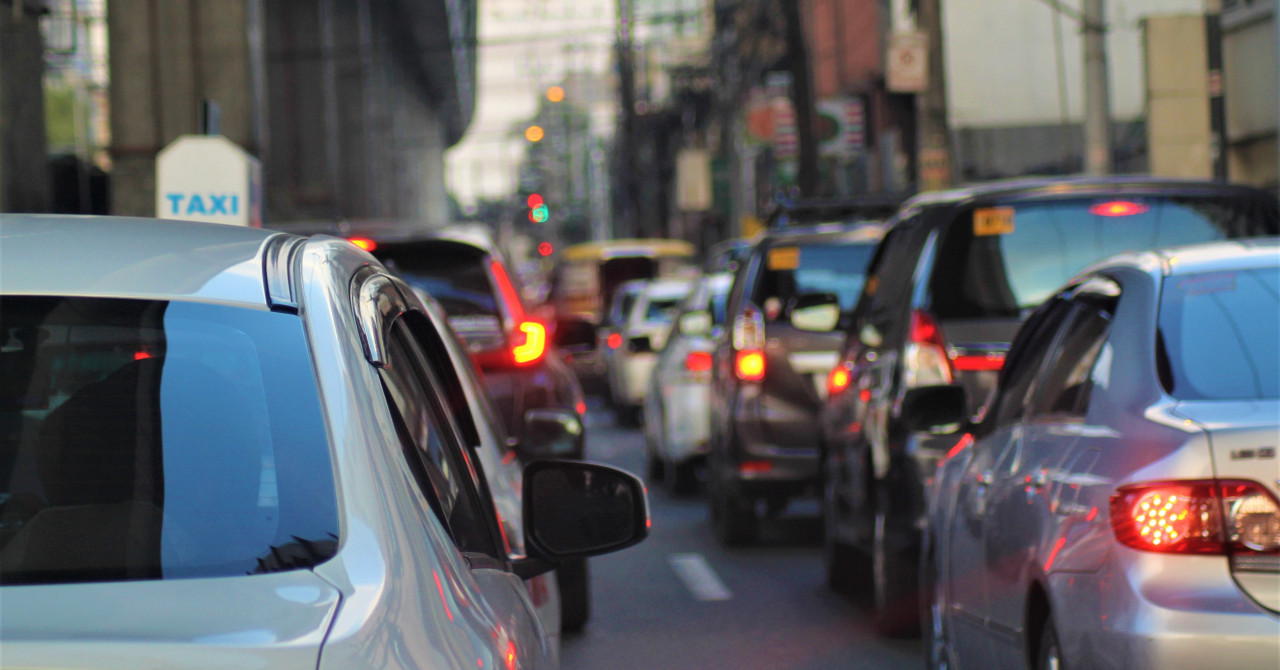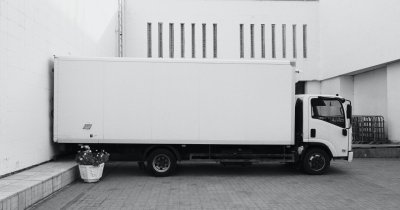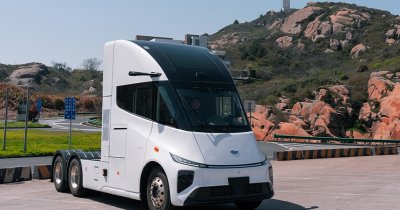According to The Guardian, low-emission zones (LEZs) are now present in 320 European cities and the number of these clean air zones is expected to increase by another over 50% in 2025 for a total of 507.
According to the research done by Clean Cities Campaign, which is based on data from the EU, Europe's top 10 touristic cities are imposing restrictions on gas and diesel-powered cars. Stricter rules are to be expected in the next three years in LEZs including London, Berlin and Paris.
Oliver Lord, the UK head of the Clean Cities Campaign, said that "clean air zones are one of the most effective ways to tackle toxic air in our cities. We should applaud city leaders who are taking tough decisions to deliver clean air zones so that we can transform the air we breathe and phase out polluting cars."
Clean air zones prove to be an efficient way to fight air pollution, as in Madrid, these zones helped with an overall reduction of NO2 levels by 32% after a LEZ was introduced back in 2018 in the city.
Italy is the country with the most clean air zones on the continent, 172 to be exact, while Germany has 78 and the UK, 17.
Central and Eastern Europe have the fewest LEZs in all of Europe, but Bulgaria and Poland are expected to introduce new clean air zones in the near future.
Zero-emission zones (ZEZs) are one of the best ways to fight climate change and to reduce greenhouse gas emissions levels on the continent.
As much as 35 ZEZs might be implemented in Europe by 2030, with 26 of them addressing delivery vehicles in the Netherlands.
By the next decade, cities like Paris, Copenhagen and Barcelona are expected to introduce pollution-free zones, which means that smaller areas in these cities, among others, are to ban polluting vehicles.
 Mihai - Cristian Ioniță
Mihai - Cristian Ioniță












Any thoughts?